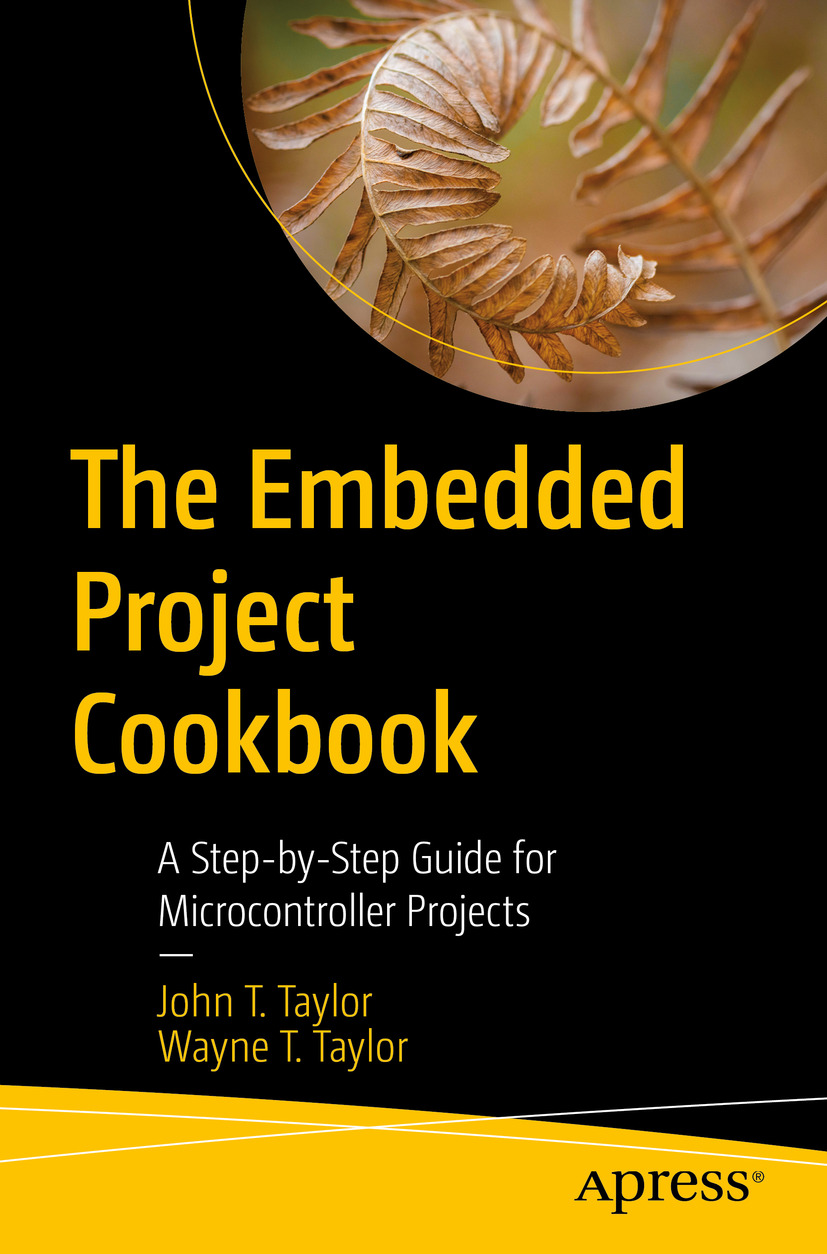

Most ebook files are in PDF format, so you can easily read them using various software such as Foxit Reader or directly on the Google Chrome browser.
Some ebook files are released by publishers in other formats such as .awz, .mobi, .epub, .fb2, etc. You may need to install specific software to read these formats on mobile/PC, such as Calibre.
Please read the tutorial at this link: https://ebookbell.com/faq
We offer FREE conversion to the popular formats you request; however, this may take some time. Therefore, right after payment, please email us, and we will try to provide the service as quickly as possible.
For some exceptional file formats or broken links (if any), please refrain from opening any disputes. Instead, email us first, and we will try to assist within a maximum of 6 hours.
EbookBell Team

4.4
82 reviews
ISBN 13: 9798868803260
Author: John T Taylor, Wayne T Taylor
Learn how to create and release an embedded system in a fast and reliable manner. This book will help you build and release a commercially viable product that meets industry standards for quality. The book is not just about code: it covers non-code artifacts such as software processes, requirements, software documentation, continuous integration, design reviews, and code reviews. While specifically targeting microcontroller applications, the processes in this book can be applied to most software projects, big or small. Additionally, the book provides an open-source C++ framework that can be used to quick start any embedded project. This framework has an OSAL (OS Abstraction Layer) and essential middleware that is needed for many embedded systems. Using a hands-on approach of building-and-testing the software application first allows you to develop a significant amount of production quality code even before the hardware is available, dramatically reducing the start-to-release duration for a project. As you follow the recipes in this book, you will learn essential software development processes, perform just in time design, create testable modules, and incorporate continuous integration (CI) into your day-to-day developer workflow. The end-result is quality code that is maintainable and extensible, and can be reused for other projects, even when presented with changing or new requirements. The Embedded Project Cookbook is focused on the how of developing embedded software. For a discussion of the why, readers are invited to refer to the optional companion book Patterns in the Machine: A Software Engineering Guide to Embedded Development. What You Will Learn Separate software architecture from software design Write software documents that are intrinsically resistant to going out-of-date. Identify the processes, workflows, and best practices for the team to follow. Initiate code reviews before code is checked intoa stable branch. Design testable modules and implement automated unit testing that doesn’t require hardware. Incorporate continuous integration into the day-to-day developer workflow, including automated integration testing. Create a code base that can be reused on other projects. Who This Book Is For Mid-level developers and software leads who are looking to get up and running without all the underlying theories. This book is also for professionals looking to learn how to productize a concept or technology and sell the results to a customer.
1. Introduction
2. Requirements
3. Analysis
4. Software Development Plan
5. Preparation
6. Foundation
7. Building Applications with the Main Pattern
8. Continuous Integration Builds
9. Requirements Revisited
10. Tasks
11. Just-in-Time Detailed Design
12. Coding, Unit Tests, and Pull Requests
13. Integration Testing
14. Board Support Package
15. Drivers
16. Release
the embedded project cookbook pdf
the cookbook project
embedded recipes pdf
cookbook project examples
the embedded entrepreneur
the embroidery recipe book
the embedded hobbyist
Tags: John T Taylor, Wayne T Taylor, Embedded, Project